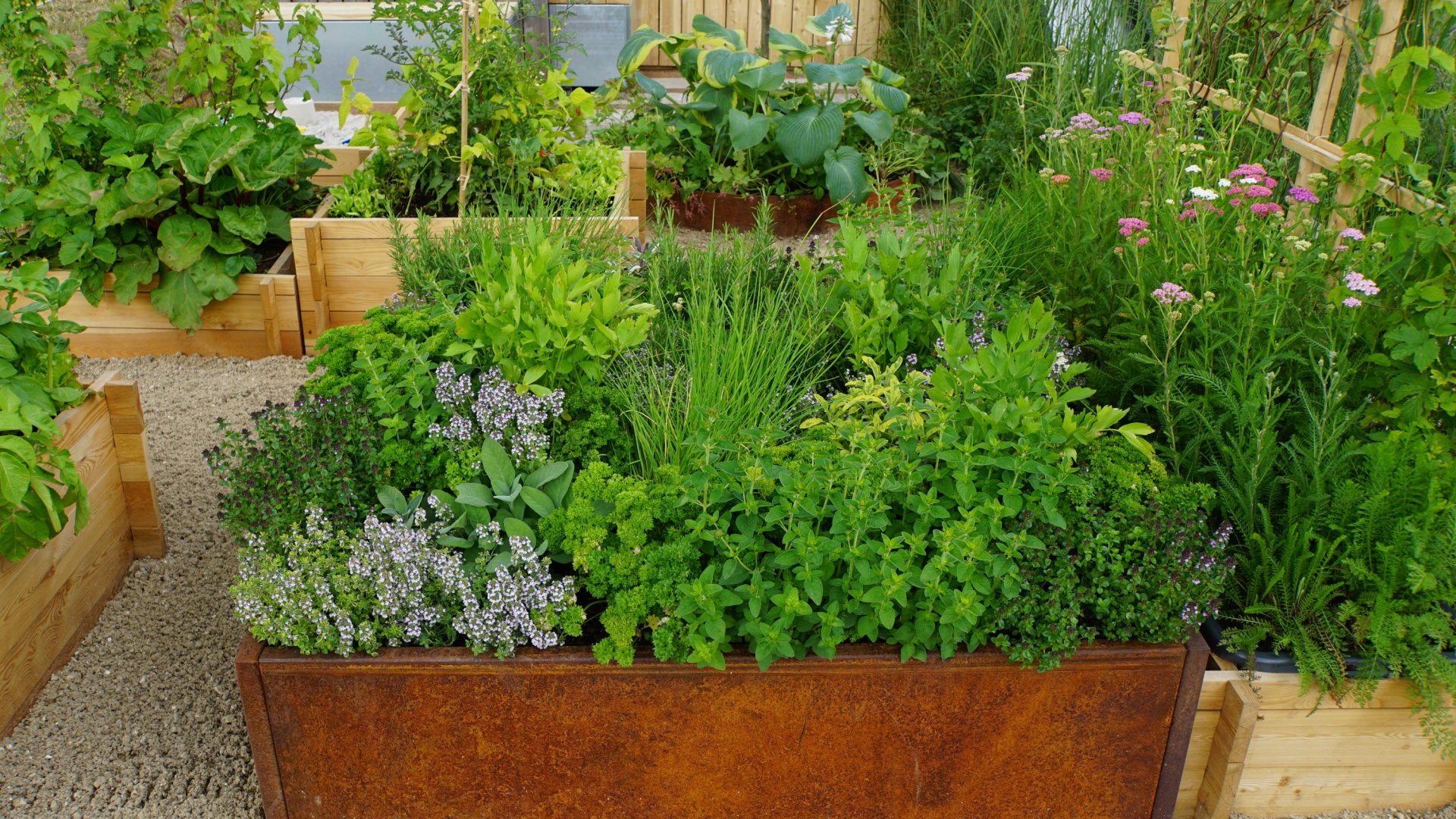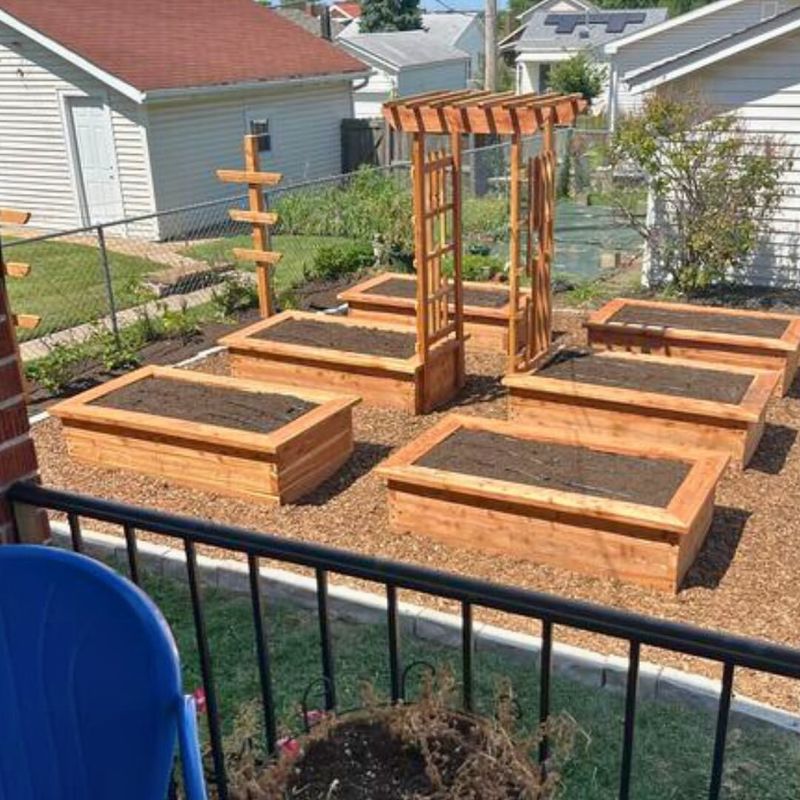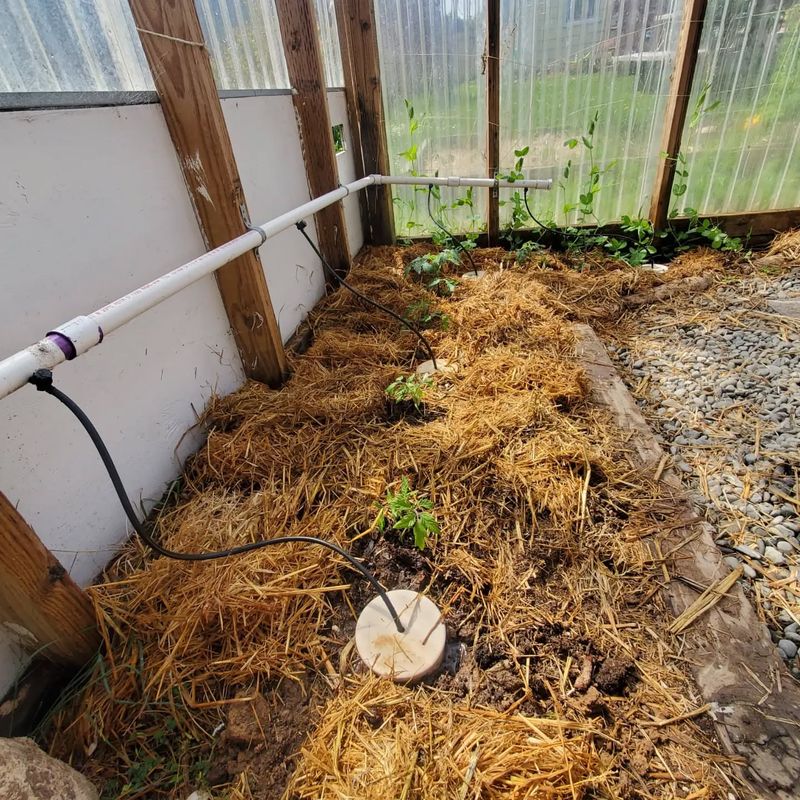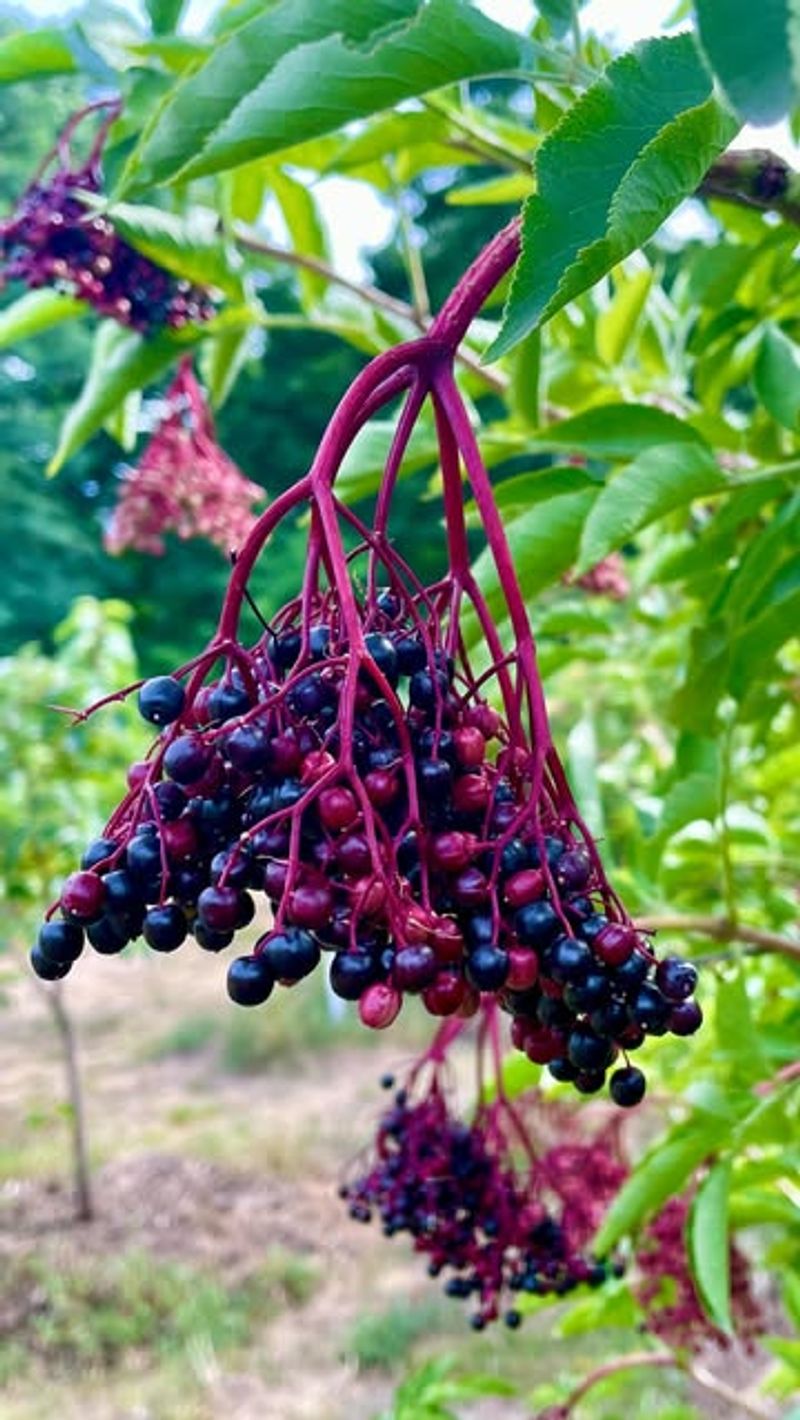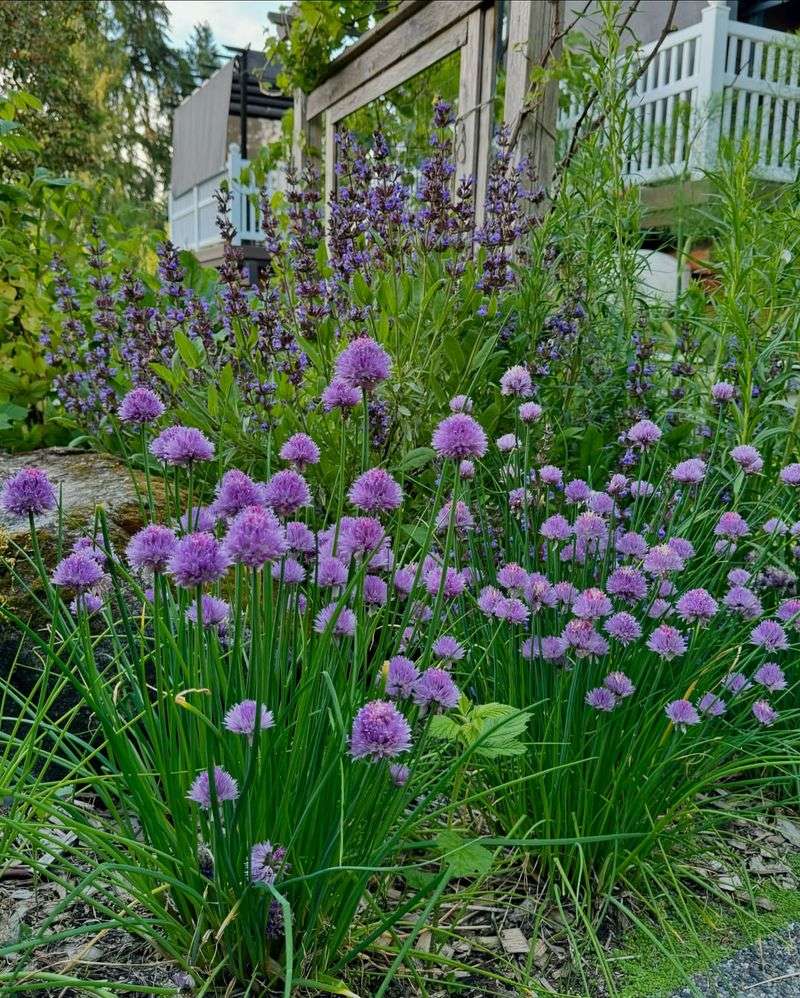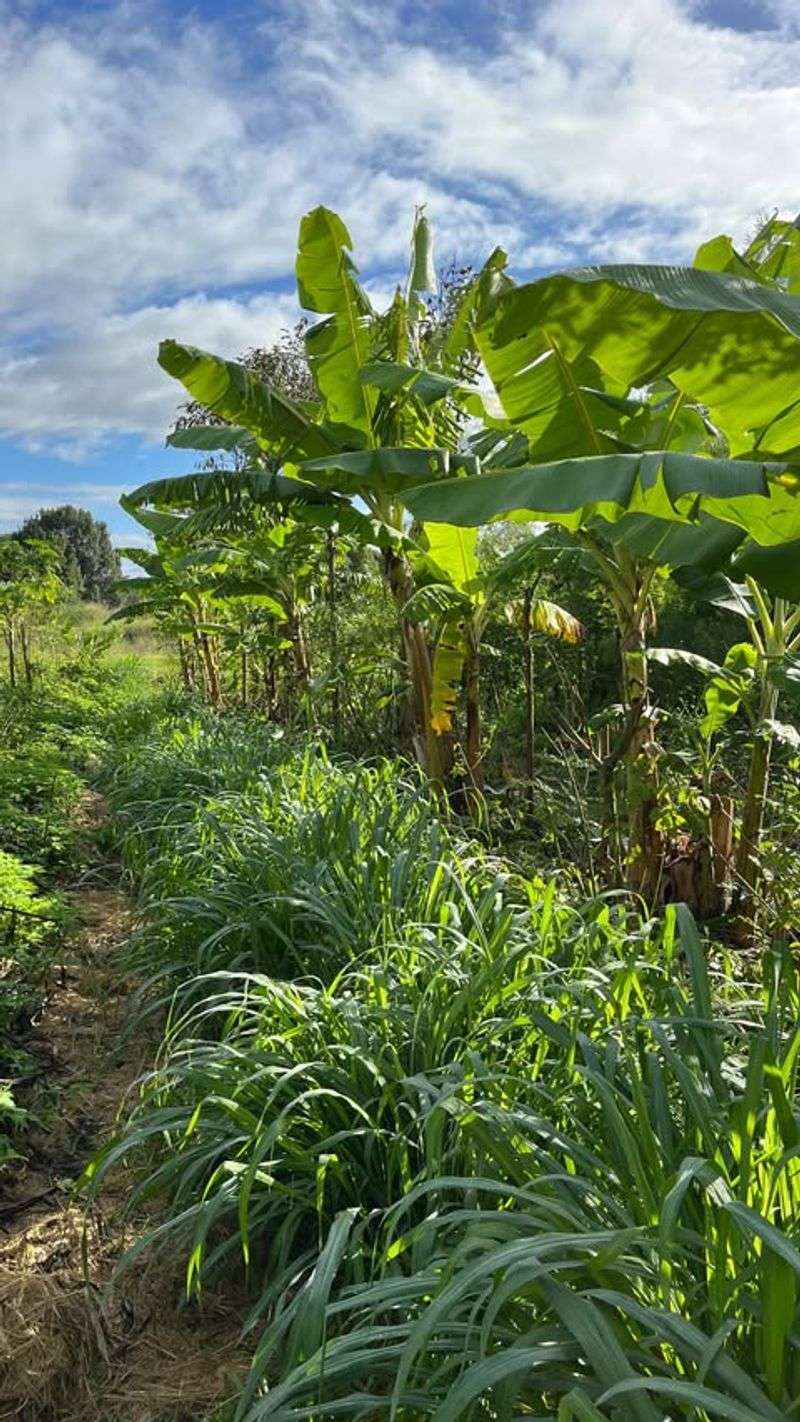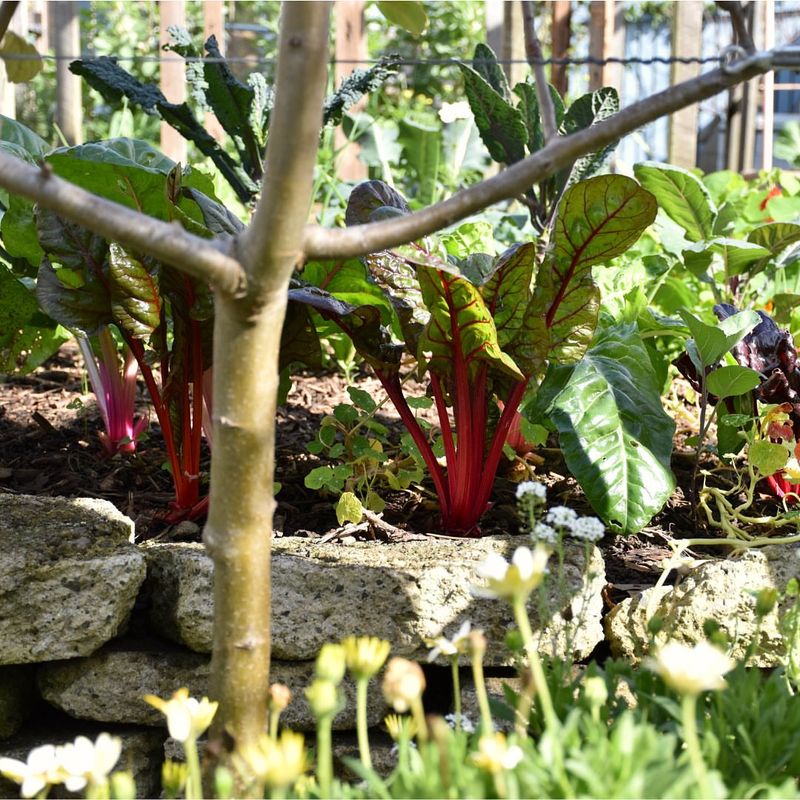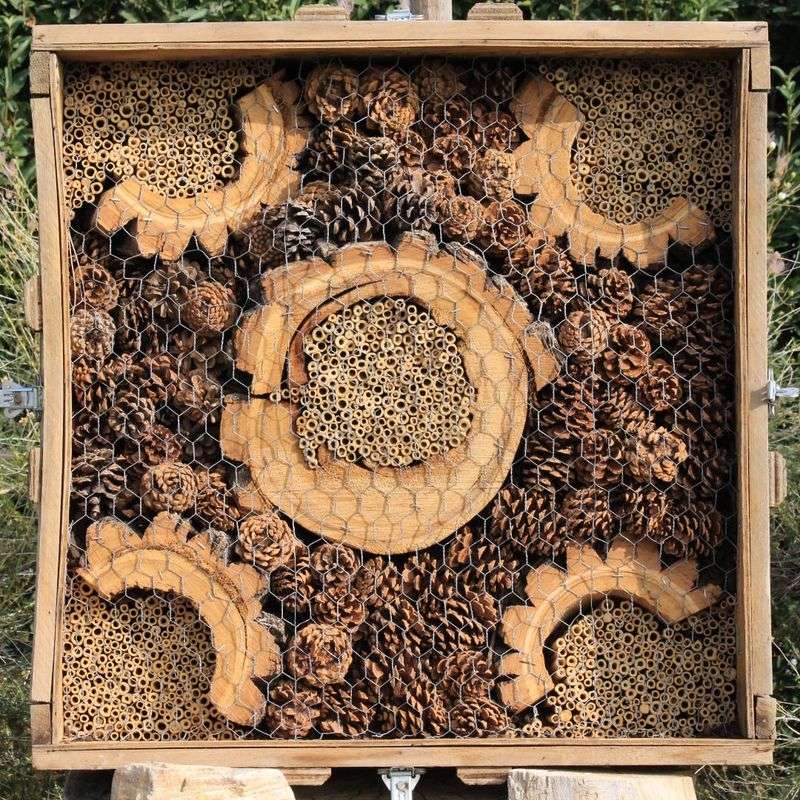Growing edible perennials in Salt Lake City creates sustainable food sources that come back year after year without replanting. These climate-smart garden beds save water, reduce work, and provide fresh food right from your yard.
Creating these beds takes some planning but rewards you with delicious harvests while helping our local environment.
1. Choose Native Utah Perennials First
Native plants already know how to thrive in Salt Lake City’s unique climate. They’ve adapted to our hot, dry summers and cold winters over thousands of years. Look for serviceberries, chokecherries, and wild strawberries at local nurseries.
These tough plants need almost no extra water once established, making them perfect for our drought-prone region. Plus, they support local birds, butterflies, and beneficial insects that help your whole garden flourish.
2. Build Raised Beds With Local Materials
Salt Lake City’s clay soil can be challenging, but raised beds solve this problem beautifully. Use locally sourced stone, reclaimed wood, or even concrete blocks to create beds at least 12 inches deep.
Raised beds warm up faster in spring and drain better, which perennials love. The elevation also means less bending for you! Fill with quality compost-rich soil mixed with some native soil to create the perfect growing environment.
3. Create Smart Water-Saving Systems
Water is precious in our desert climate! Install drip irrigation connected to rain barrels to maximize efficiency. Position the barrels under downspouts to capture free water during our spring and fall rains.
Add a thick mulch layer around plants to lock moisture in the soil. Wood chips, straw, or even gravel work well in our climate. Smart water management means you’ll spend less on your water bill while keeping plants happy with minimal waste.
4. Plant Drought-Resistant Berries
Berries bring sweet rewards with minimal fuss! Gooseberries, currants, and elderberries thrive in Salt Lake City’s climate once established. Their deep root systems help them survive our hot summers with less water than annual plants.
Group these berries together based on water needs. The first year, they’ll need regular watering, but after that, they become surprisingly drought-tolerant. Their beautiful flowers attract pollinators in spring before producing delicious fruits for summer harvests.
5. Incorporate Edible Mediterranean Herbs
Mediterranean herbs feel right at home in Salt Lake City! Rosemary, thyme, sage, and lavender love our sunny, dry conditions. Plant them along borders or in the hottest parts of your garden where other plants might struggle.
Beyond seasoning your meals, these aromatic herbs attract beneficial insects while deterring many pests. Most will survive our winters with minimal protection, though rosemary might need a sheltered spot. Their silver-green foliage adds beauty to your garden year-round.
6. Layer Plants For Maximum Production
Garden like nature does – in layers! Start with dwarf fruit trees like apples or pears as your canopy. Beneath them, plant berry bushes like gooseberries or currants. In front, add strawberries or herbs as ground cover.
This “food forest” approach maximizes your harvest from every square foot. The taller plants provide dappled shade for lower ones, creating microclimates that retain moisture. Layering also helps crowd out weeds naturally while creating a beautiful, productive landscape.
7. Add Perennial Vegetables Beyond Asparagus
Move beyond asparagus! Try perennial vegetables like Egyptian walking onions, Jerusalem artichokes, and rhubarb that return year after year. Sea kale produces delicious shoots in spring and beautiful flowers later.
Many perennial veggies emerge earlier than annual gardens, extending your harvest season. They develop extensive root systems that access deeper nutrients and moisture, making them incredibly resilient during drought years. Most need minimal care beyond occasional mulching and dividing every few years.
8. Create Beneficial Insect Habitats
Your garden needs good bugs! Plant native flowers like echinacea, black-eyed Susans, and yarrow between your edibles. These flowers attract pollinators and predatory insects that control pests naturally.
Add small rock piles or insect hotels where beneficial creatures can shelter. Leave some areas unmulched with bare soil for ground-nesting bees. These insect habitats reduce the need for pesticides while increasing your harvests through better pollination and natural pest control.

